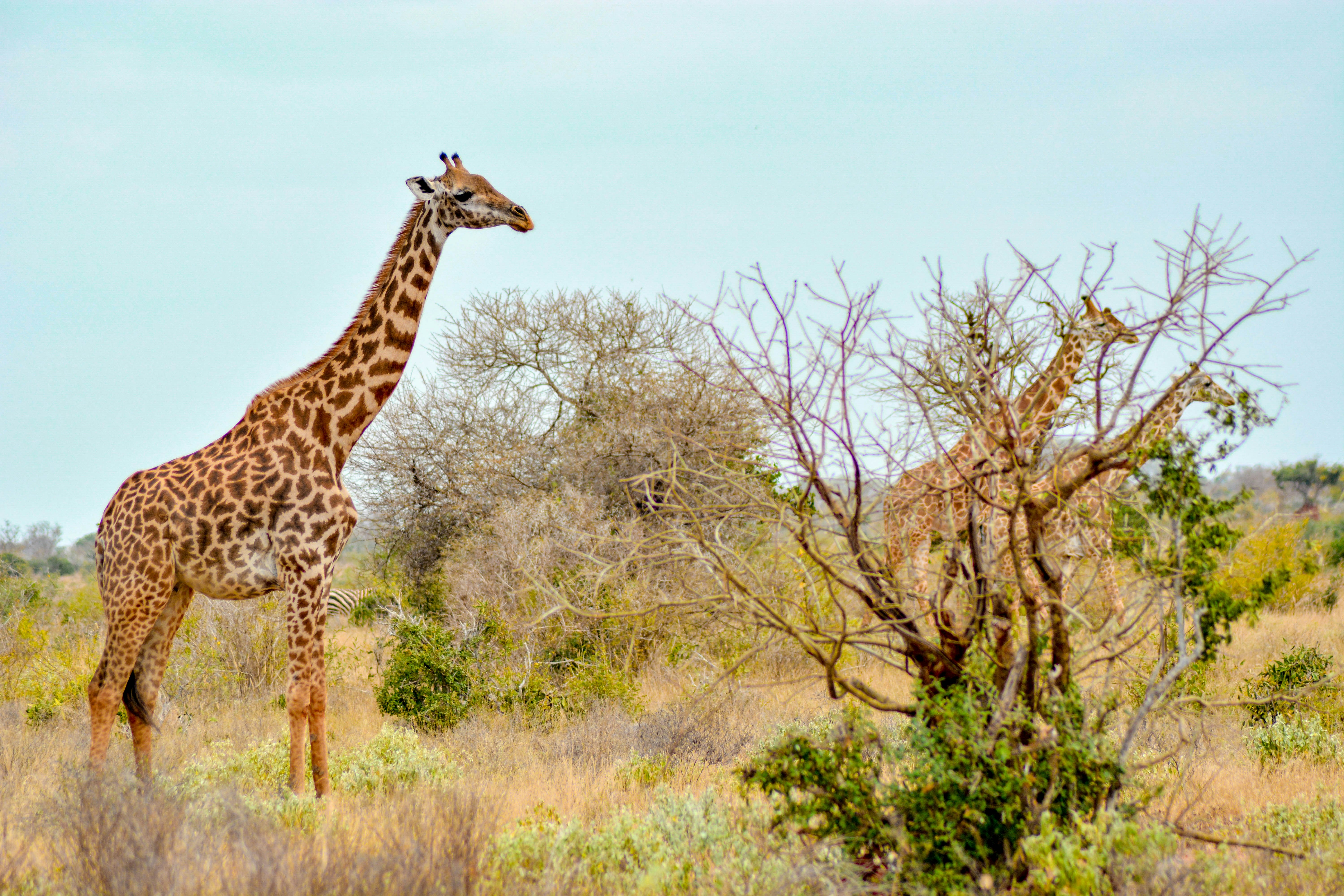

The tourism sector would represent 2 to 3% of GDP compared to 4.6% in 2018. In 2021, Cameroon would have welcomed more than 800,000 international tourists, including 3/4 of arrivals for business tourism, an increase of more than 120% compared to 2020. However, this figure remains below the 1 million tourists recorded in 2019, before the outbreak of the health crisis. Leisure tourism is developing very slowly around memorial stays and massive seasonal returns of dual nationals and the Cameroonian diaspora. However, the country’s potential is remarkable and remains underexploited due to the lack of site development and the absence of access infrastructure. (beaches in the English-speaking regions and wildlife parks located in the far north of the country in particular).
Cameroon has a fleet of more than 1003 hotels. These tourist establishments have a total of 18,152 rooms, 698 suites and 446 apartments to accommodate tourists. In Cameroon, these tourists can enjoy a range of 494 restaurants with varied comfort, more than 250 leisure establishments, and can be accompanied during their stay by 300 tourism agencies. The search for new partners is also targeting the United States, through a cultural partnership and exchanges between the two countries. Cameroon has three natural UNESCO World Heritage sites: The Dja Faunal Reserve, the Waza National Park and the Lobéké National Park, which is part of the Sangha Trinational. Officially, the Ministry of Tourism lists 120 sites with tourism potential, out of which 60 sites that can accommodate tourists.
The Vina waterfalls 13 km down the road from Meiganga ; the large hunting areas between Ngaoundéré and Garoua.
The National museum in downtown Yaoundé; and the Ottomo forest reserve in Ngoumou
The Dja natural reserve, listed as a UNESCO World Heritage Site; pygmy camps.
The hippopotamuses of the River Bénoué; the National Park of Mozogo Gokoro in Kozathe National Park of Waza in the Far-north covering a surface area of about 170 000 ha ; the Mount Rhumsiki.
The Mount Manengouba ; Lake Ossa ; Lake male of Manengouba ; Ekom Nkam waterfalls (80 m) and its equatorial forest where traditional ceremonies are performed.
Mount Oku, Lake Oku
The Sultanate of Foumban, the Dschang Climate Centre; the Mami Wata waterfalls in Dschang; the Moakeu waterfalls, near Bafang ; the Mifi waterfalls ; the Jean Félicien Gacha ecological foundation and the Baba waterfalls in Bangoulap, the TAGIDOR in Bangou.
In the South, the, sea town of Kribi and its beaches, the river Lobé where, where a trip can be taken in a traditional pirogue and whose luxuriant banks are home to Pygmies; the waterfall of Lobé river.